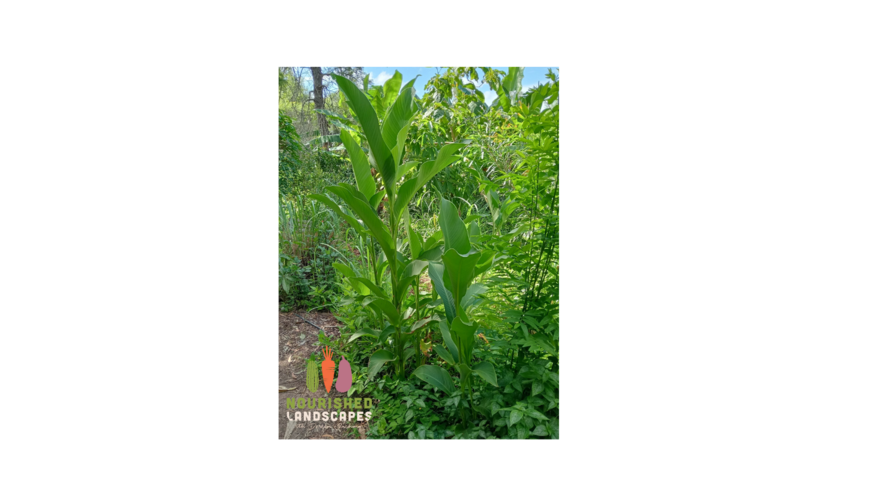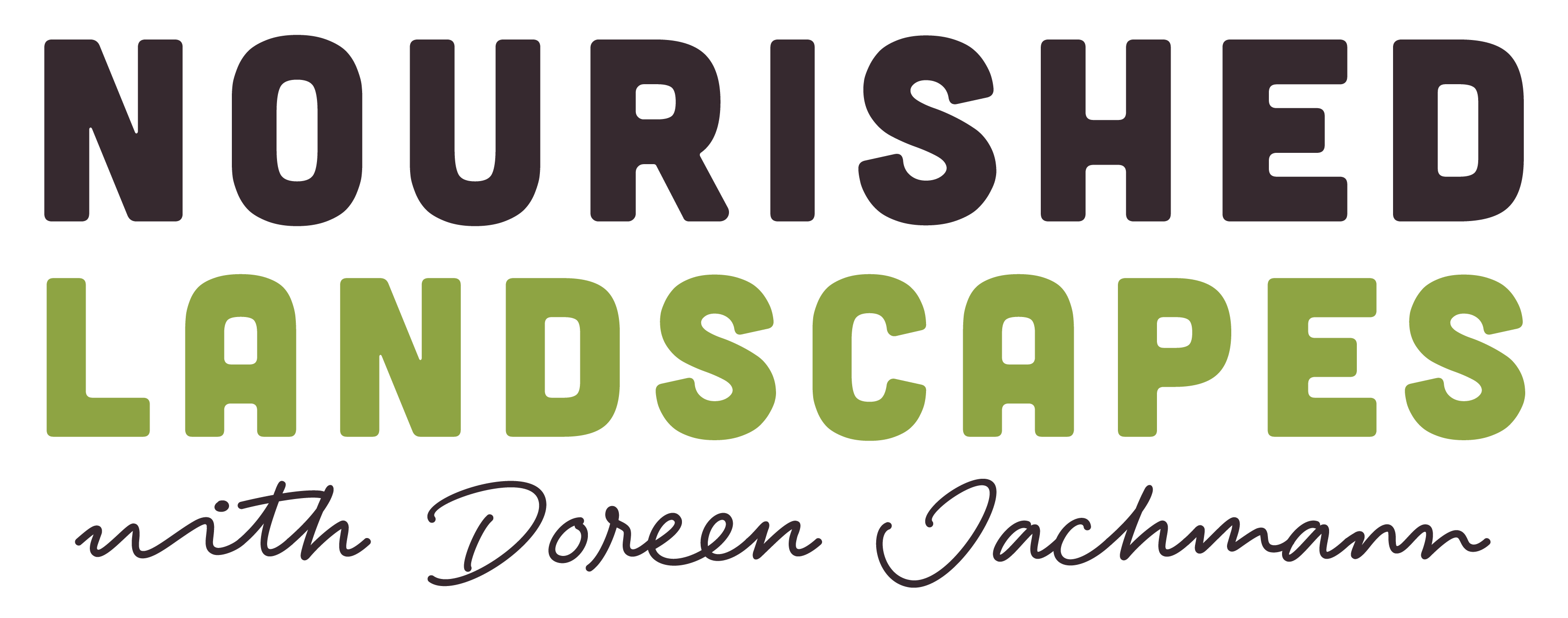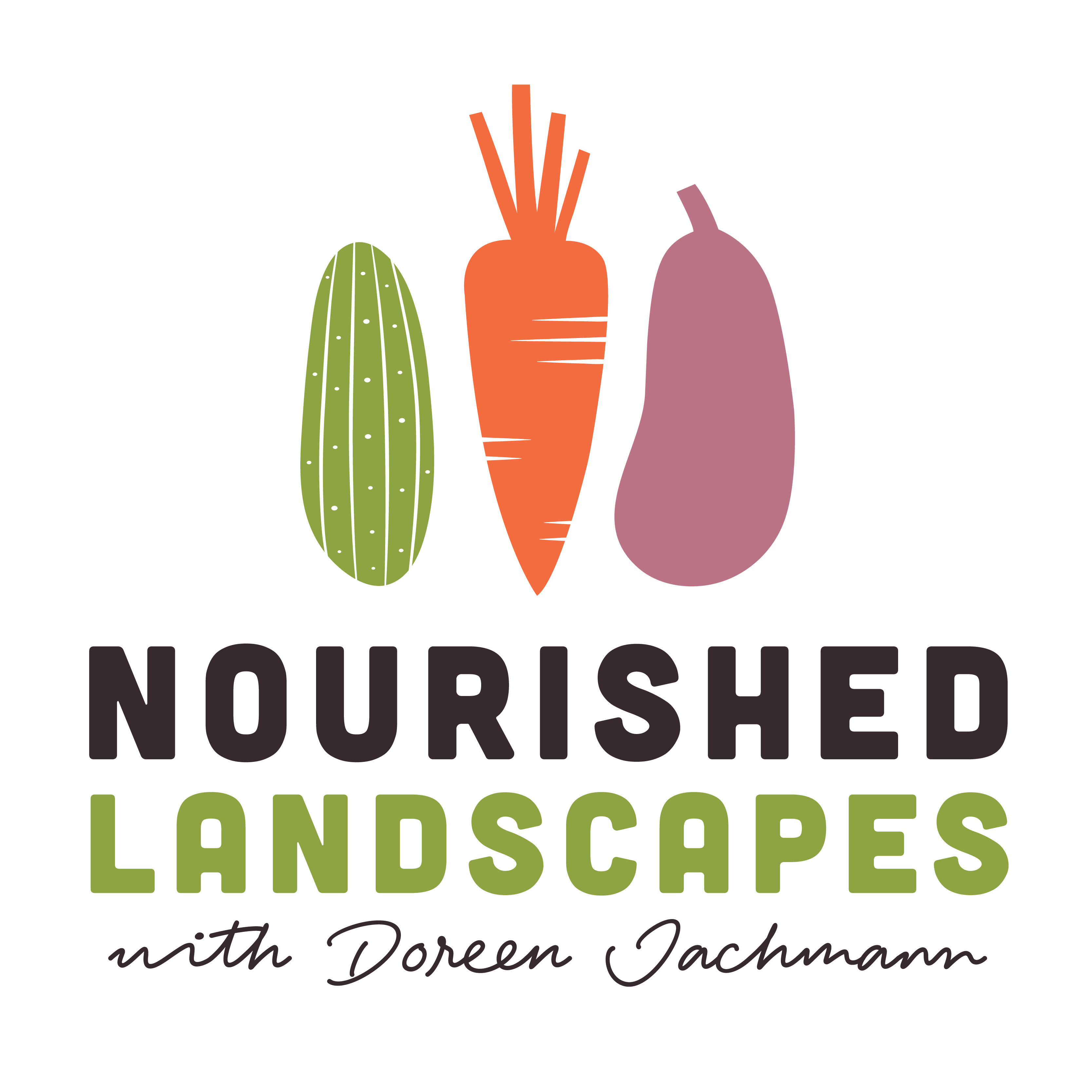Plant Profile Queensland Arrowroot

Plant Profile Queensland Arrowroot (Canna edulis)
Common Names: Queensland Arrowroot, Edible Canna
Scientific Name: Canna edulis
Family: Cannaceae
Plant Type: Herbaceous perennial
Physical Description
- Height: 1.5–3 metres.
- Spread: 1–2 metres.
- Leaves: Large, lance-shaped leaves resembling banana leaves, with a lush green appearance.
- Flowers: Bright red or orange tubular flowers that attract pollinators.
- Roots: Thick, starchy rhizomes used as a food source.

Beautiful Arrowroot adds a tropical touch to perennial edible grow systems such as food forests.
Habitat and Distribution
- Native Range: South and Central America.
- Cultivation: Widely grown in tropical and subtropical regions, including northern and eastern Australia.
- Climate Zones: Thrives in zones 9–12, where frost is minimal.
Growing Conditions
- Light: Prefers full sun but tolerates partial shade.
- Soil: Grows well in fertile, well-draining soils; prefers slightly acidic to neutral pH (6.0–7.0).
- Water: Requires regular watering, especially during the growing season. Can tolerate temporary waterlogging, making it suitable for swales or wet areas. Great in greywater gardens.
- Temperature: Grows best in warm climates with temperatures between 20–30°C.
- Fertiliser: Benefits from compost or organic fertiliser applied during active growth. I've found that adding organic matter as chop and drop regularly will be enough fertility.
Uses in Permaculture
- Food Source: Rhizomes are edible and can be cooked or ground into flour. Young shoots are also edible.
- Animal Fodder: Leaves and rhizomes can be fed to livestock such as pigs, ducks, chickens, and goats. My ducks absolutely love it. I let them free range for a couple of hours most afternoons and they enjoy eating the rhizomes fresh of the plant.
- Biomass Production: Produces abundant organic matter, ideal for chop-and-drop mulching.
- Water Management: Thrives in wet soils, making it a great plant for swales, greywater systems, or erosion control.
- Windbreak: Its tall, dense growth provides a natural windbreak and privacy screen.
- Pollinator Plant: Bright flowers attract bees, butterflies, and other beneficial insects.

Arrowroot planted as a support plant in Nourished Landscapes food forest.
Edible Uses
- Rhizomes: High in starch and used in traditional cooking. They can be boiled, roasted, or processed into flour for baking.
- Young Shoots: Tender young shoots can be eaten raw or cooked as a vegetable.

Young Arrowroot tuber
Propagation
- Rhizome Division: The most common and effective method. Divide the rhizomes in spring or early summer, ensuring each piece has at least one growing bud.
- Seeds: Possible but less reliable. Soak seeds in warm water before sowing to improve germination.
Seasonal Care
- Spring (September–November): Plant rhizomes and apply compost or fertiliser to encourage growth.
- Summer (December–February): Ensure consistent watering, especially during dry periods. Chop and drop leaves for mulch.
- Autumn (March–May): Harvest rhizomes when the plant begins to die back. Prune old stems and leaves to tidy up the plant.
- Winter (June–August): Protect from frost in cooler regions. Apply mulch to insulate the rhizomes.
Pests and Diseases
- Common Pests:
- Grasshoppers and caterpillars, which may damage leaves. Manage with manual removal or organic sprays.
- Diseases:
- Rarely affected by diseases. Root rot can occur in poorly drained soils.
Harvesting and Storage
- Harvesting Rhizomes:
- Harvest in late autumn or early winter when the foliage dies back. Use a garden fork to carefully lift the rhizomes from the soil.
- Storage:
- Wash and store in a cool, dark place. Rhizomes can be left in the ground in frost-free areas for continuous harvesting.
Special Considerations
- Invasiveness: Not typically invasive but can spread if rhizomes are left unchecked.
- Toxicity: Raw rhizomes are not toxic but may cause digestive discomfort if eaten uncooked.

----------------------------------------------
About the Author
Doreen Jachmann from Nourished Landscapes has been providing permaculture services for over 10 years.
Doreen is passionate about helping people create sustainable and resilient landscapes.
Nourished Landscapes offer a variety of services, including:
* Permaculture design and installation
* Permaculture education, presentations and workshops
* Permaculture consulting
If you are interested in learning more about permaculture, please contact us today!


0 comments
Leave a comment
Please log in or register to post a comment